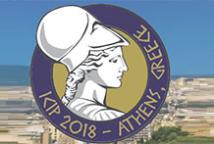
The International Conference on Image Processing (ICIP), sponsored by the IEEE Signal Processing Society, is the premier forum for the presentation of technological advances and research results in the fields of theoretical, experimental, and applied image and video processing. ICIP has been held annually since 1994, brings together leading engineers and scientists in image and video processing from around the world. Visit website.
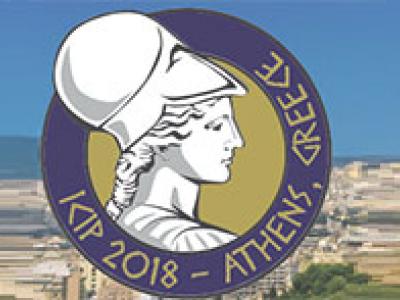
- Read more about A 4D DCT-BASED LENSLET LIGHT FIELD CODEC
- Log in to post comments
Light fields aim to represent visual information in 3D space. They are 4D structures that contain the images of a given scene from a sampled 2D range of viewpoints. When acquired using a lenslet camera, in addition to the ordinary intra-view redundancy, these views have a great deal of inter-view redundancy. In this work we propose a light field codec that fully exploits the 4D redundancy of light fields by using a 4D transform and hexadeca-trees. It initially divides the light field into 4D blocks and computes a 4D Discrete Cosine Transform of each one.
- Categories:
 34 Views
34 Views
- Read more about A CONNECTED-TUBE MPP MODEL FOR OBJECT DETECTION WITH APPLICATION TO MATERIALS AND REMOTELY-SENSED IMAGES
- Log in to post comments
• A connected-tube model based on a Marked Point Process (MPP) for strip feature extraction in images is proposed
• A mixed MPP model can be formed by combing the proposed model with other geometric models
• The proposed model can be applied to complex detection tasks, such as short and long fiber detection in material images, road and roof detection in satellite images.
- Categories:
 24 Views
24 Views
- Read more about 100+ Times Faster Video Completion by Optical-Flow-Guided Variational Refinement
- Log in to post comments
Despite the higher video-completion quality that recently proposed methods have enabled for a wide variety of cases, their computational complexity remains a major concern. These methods typically frame video completion as an optimization problem over the whole spatiotemporal domain—a problem that is expensive to solve both in time and space. In this paper we propose a lighter-weight multipass video-completion pipeline that replaces global spatiotemporal optimization with simpler frame-by-frame motion reconstruction and refinement.
ICIP_v2.pdf
- Categories:
 21 Views
21 Views
- Categories:
 20 Views
20 Views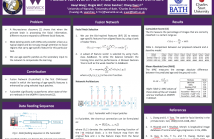
- Read more about FUSION NETWORK FOR FACE-BASED AGE ESTIMATION
- Log in to post comments
Convolutional Neural Networks (CNN) have been applied to age-related research as the core framework. Although faces are composed of numerous facial attributes, most works with CNNs still consider a face as a typical object and do not pay enough attention to facial regions that carry age-specific feature for this particular task. In this paper, we propose a novel CNN architecture called Fusion Network (FusionNet) to tackle the age estimation problem.
- Categories:
 17 Views
17 Views
- Read more about INTRA-FRAME CONTEXT-BASED OCTREE CODING FOR POINT-CLOUD GEOMETRY
- Log in to post comments
- Categories:
 4 Views
4 Views
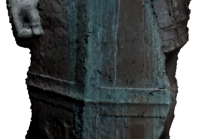
Material aging has a significant effect on the realistic rendering of artwork objects. Small deformations of the surface structure, color or texture variations contribute to the realistic look of artwork objects. These aging effects depend on material composition, object usage, weathering conditions, and a large number of other physical, biological, and chemical parameters.
- Categories:
 35 Views
35 Views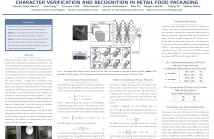
- Read more about An End-to-End Deep Neural Architecture for Optical Character Verification and Recognition in Retail Food Packaging
- Log in to post comments
There exist various types of information in retail food packages, including food product name, ingredients list and use by date. The correct recognition and coding of use by dates is especially critical in ensuring proper distribution of the product to the market and eliminating potential health risks caused by erroneous mislabelling. The latter can have a major negative effect on the health of consumers and consequently raise legal issues for suppliers.
- Categories:
 94 Views
94 Views
- Read more about Co-segmentation of Non-homogeneous Image Sets
- Log in to post comments
In this paper, we formulate image co-segmentation as a classification problem in an unsupervised framework with the classes being the common foreground and the remaining regions in the image set. We first find a set of superpixels across all images with high feature similarity such that the constituent superpixels in individual images are spatially compact and label them as seed for the common foreground. Those superpixels with high background probability are labeled as respective seeds for multiple background classes.
- Categories:
 15 Views
15 Views